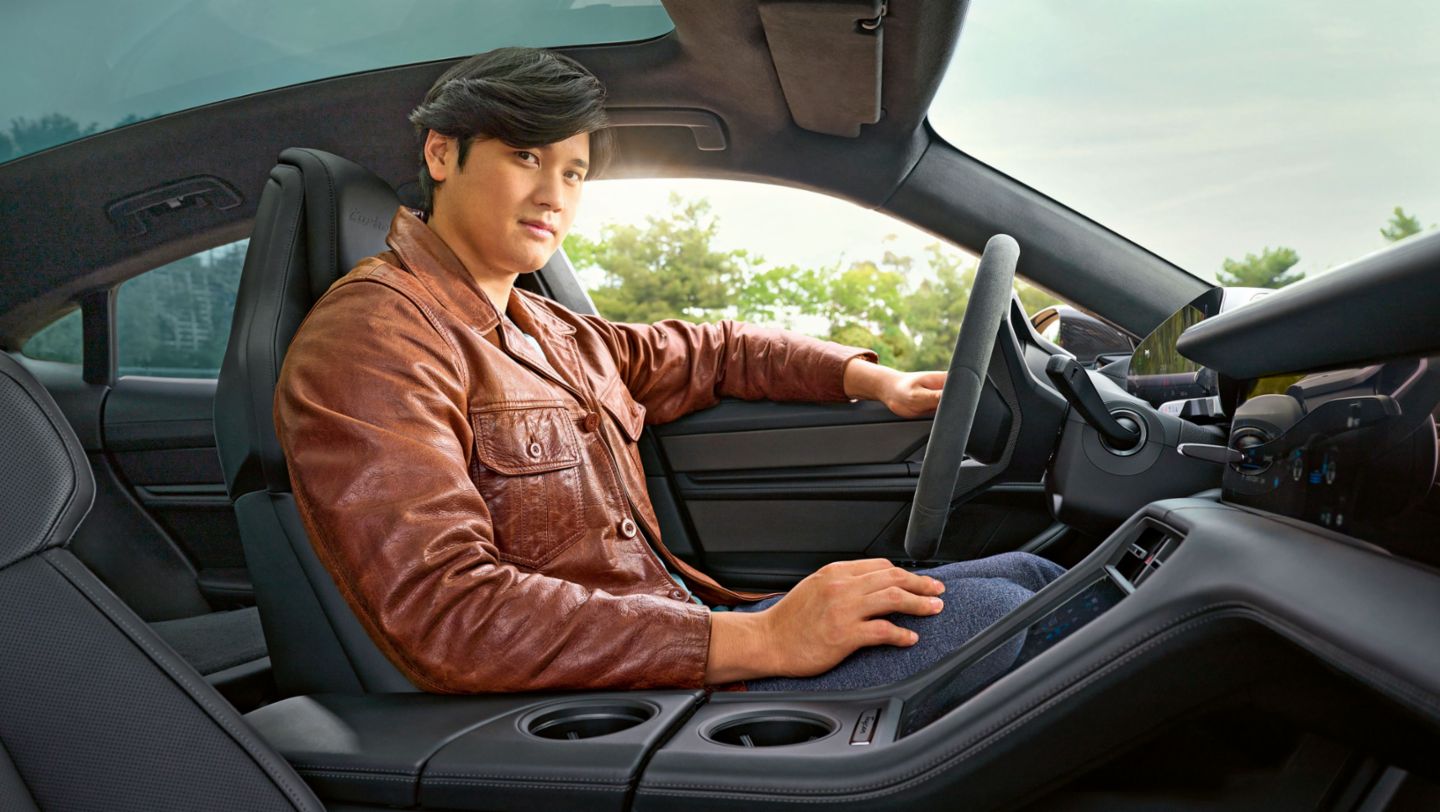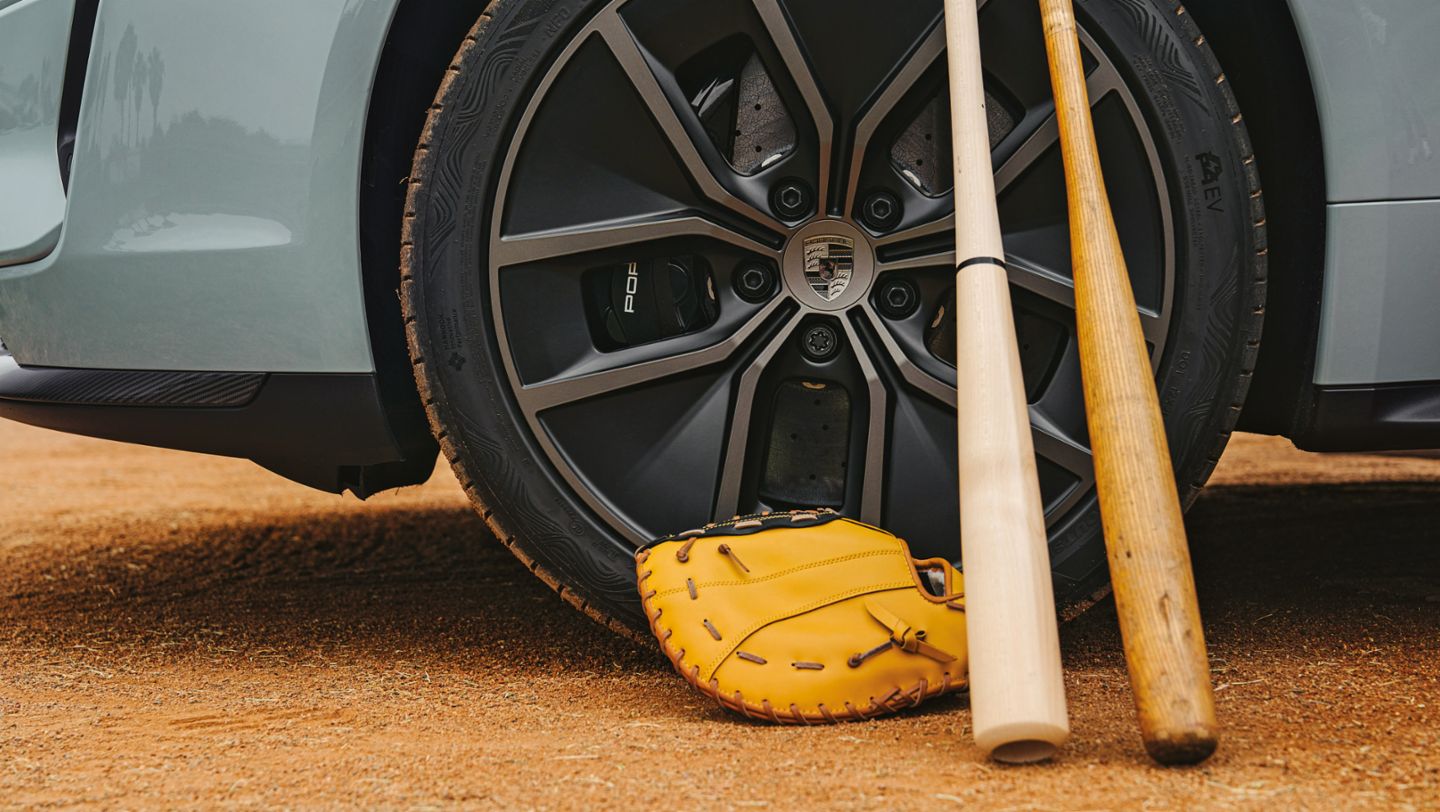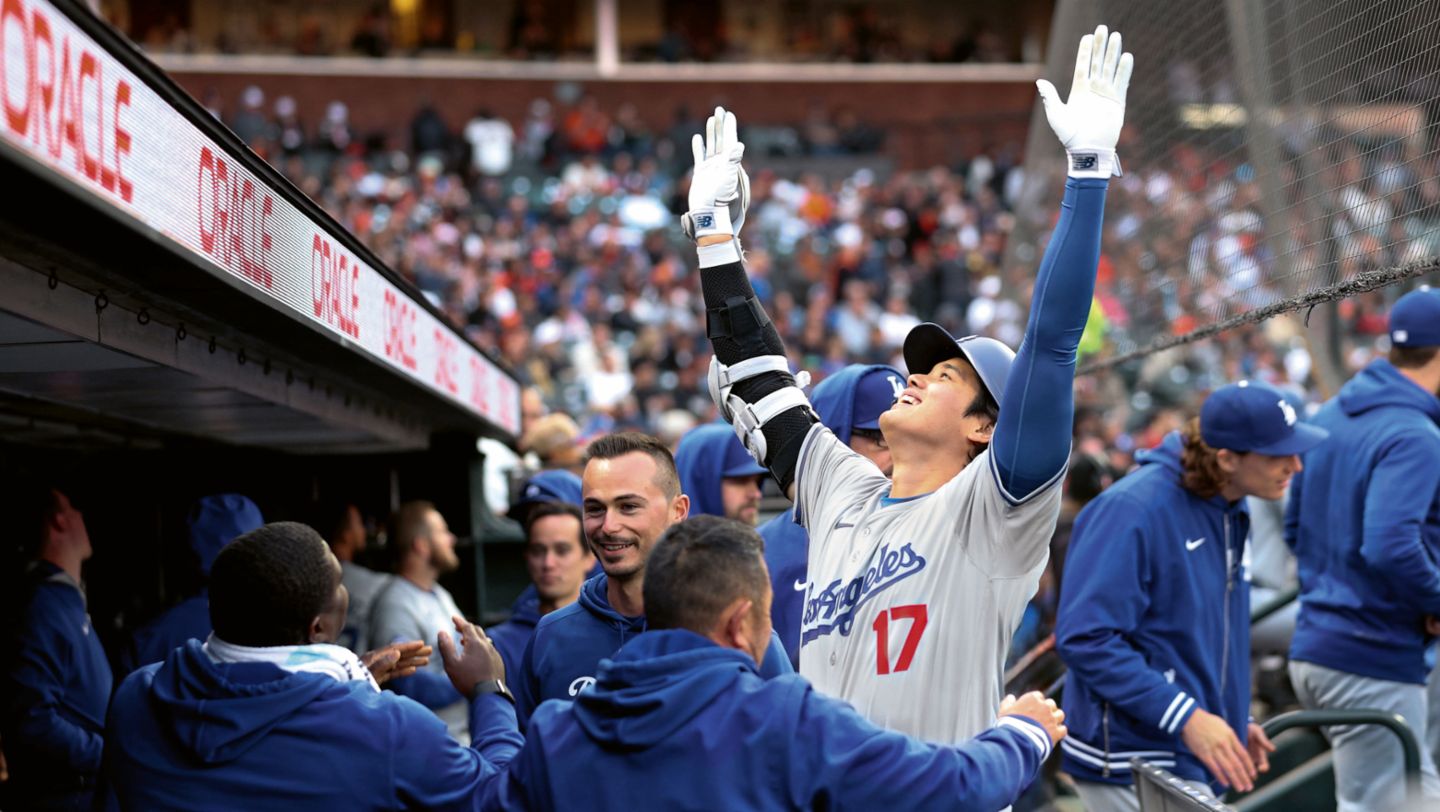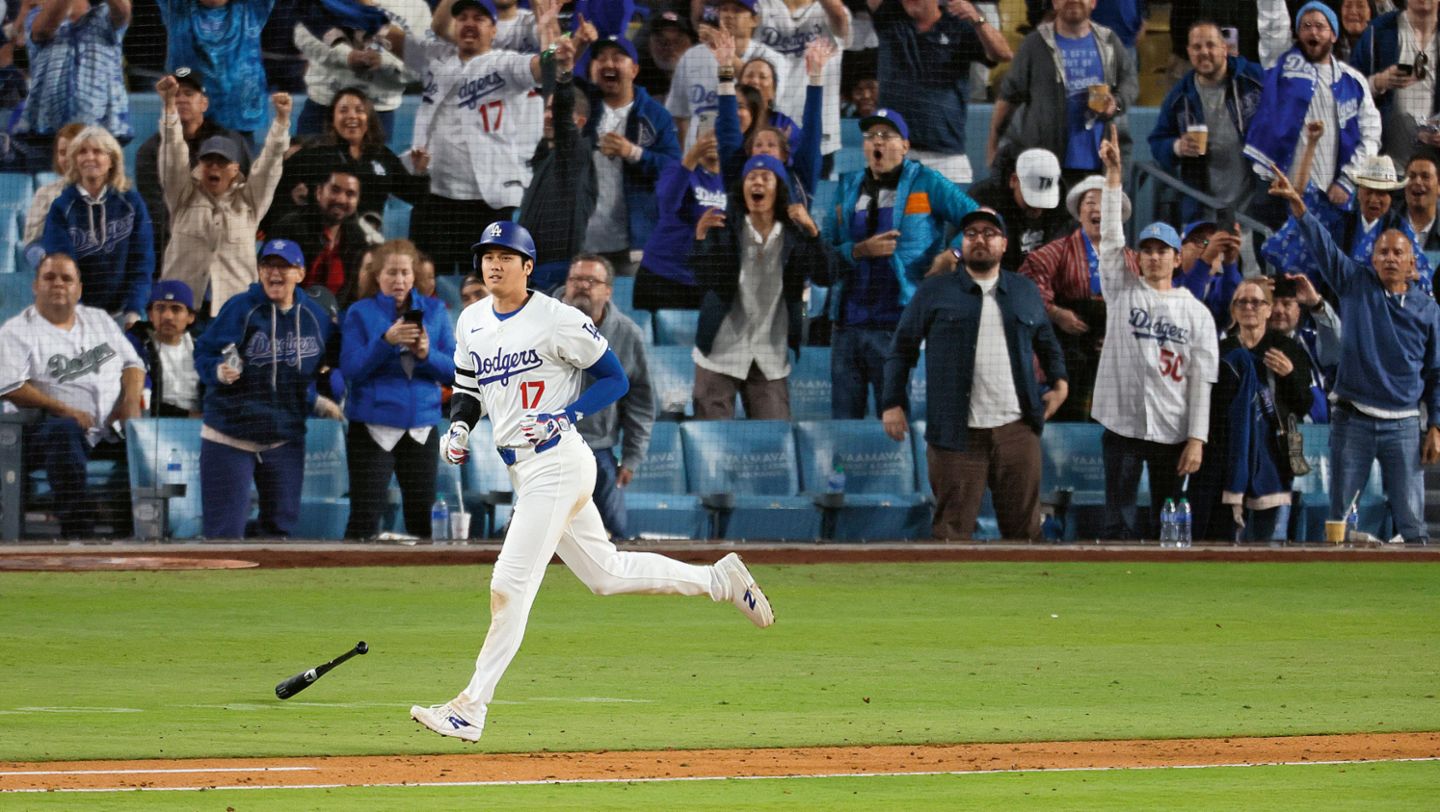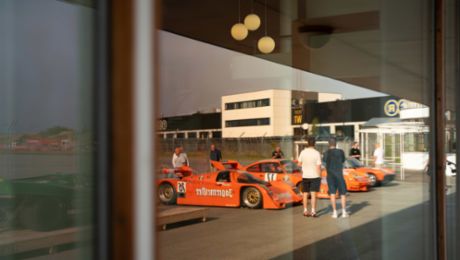This story about Shohei Ohtani says a lot about him and his passions. With so much hype surrounding Ohtani since his arrival in 2018, many were hoping to sign the Japanese-born athlete as the next star player on their team following the announcement of his departure from the Los Angeles Angels in late 2023.
The number 17 on the back of his in-demand jerseys has been a key component of his identity since his youth and is a symbol of his extraordinary celebrity. With this in mind, Ashley Kelly, the wife of Ohtani’s future teammate Joe on the Los Angeles Dodgers, went straight to work publishing videos in which she showcases jerseys and merchandise of all sizes sporting the number 17 under the hashtag #Ohtake17. The message: her husband, the current owner of the popular jersey number, would surrender it to Ohtani if he’d only join the Dodgers.

The campaign was a success. Ohtani signed the contract, took over number 17, and thanked Ashley Kelly with an extraordinary gesture: he gave her a Porsche Taycan. On December 24, 2023, Ashley Kelly posted a video of herself receiving the unexpected Christmas present, with unbridled joy written all over her face.
One player, two positions
“Whenever I think about cars, Porsche always come to mind,” says the now 30-year-old with a friendly smile a few months later. We got together with him on a baseball field in Los Angeles near Dodger Stadium, where he had the opportunity to see the new Taycan Turbo S for the first time ever. “The car is really comfortable to drive, really quiet, and demonstrates its performance on every road,” says Ohtani after his initial assessment. “Porsche sports cars are so much more than just a means of transportation. They offer experiences and are so much fun to drive. I think that’s a good fit for me.”
Here in Los Angeles, his home for the past six years, he’s developed into a top athlete, broken some records, and now enjoys cult status. Ohtani is the only two-way player, meaning he plays two positions in the same game, which is the secret to his success. One of his positions is hitter, which means he tries to hit the ball as far as possible with the baseball bat to earn points for his team. But he’s also a pitcher, whose goal is to prevent the opposing team’s batters from doing the same – with fastballs and curveballs. Ohtani can pitch at speeds exceeding 150 kmh and hit balls over a distance of more than 150 meters. One man, two key positions – that would be like the best player on a soccer team playing forward the first half and goalkeeper the second – and excelling at both.

Two-way players are absolute outliers in Major League Baseball, which makes Ohtani an exceptional player. In fact, no one else has played both positions in nearly a hundred years. Babe Ruth captivated Americans as a hitter and pitcher between 1914 and 1935. The legendary baseball player not only achieved 714 home runs, but was also one of the first players to be inducted into the Baseball Hall of Fame, won seven World Series titles, and made the All-Star team twelve times. Shohei Ohtani had some pretty big shoes to fill when he entered the world’s most popular baseball league.
From the countryside to Hollywood
Ohtani grew up in the city of Ōshū in northern Japan’s Iwate Prefecture and wanted to be a professional baseball player from an early age. “I saw the players on TV and dreamed of being just like them,” recalls the superstar. “Then I’d eagerly wait for the weekend to come, so I could play myself.” While the world’s best baseball stars play in the United States, Japan is home to the second-best league. Local star players tend to get started here, before moving on to MLB.
Ohtani comes from an athletic family. His mother played badminton, and his father was a semiprofessional baseball player who ended up passing his passion on to his son. It was important to Ohtani senior, who worked at a factory, that his son remain humble and focus on working hard rather than seeking the spotlight. Nevertheless, the young Ohtani had some lofty goals. “I was motivated by my dream,” he explains. “Everything else came second.” He was interested in launching his professional career in the US when he was 18, with multiple Major League teams eager to sign him in 2012. But when the Hokkaidō Nippon Ham Fighters promised him something that would be just about impossible in the US, Ohtani changed his mind. If he signed, the deal would allow him to reach his full potential – as a two-way player – which was unheard of in the Japanese League, and not just for rookies. The experiment was a complete success. Ohtani was named Most Valuable Player (MVP) and won the championship with the Fighters in 2016, the team’s third national title, after 1962 and 2006. Then – after five seasons – he decided to make the switch to MLB.
The rise to superstardom
By the time he’d turned 23, Ohtani was highly sought after and able to choose his new employer. Ohtani opted for the Los Angeles Angels, where he wanted to establish himself as a two-way player in MLB.
It didn’t take long for the new addition to jell with the rest of the team, who found him to be friendly, humble, and humorous.His new adventure on baseball’s biggest stage got off to a rocky start, but the Angels’ trust was unwavering as they allowed him some time to get accustomed to a different game. The baseball they use in Japan is smaller and has different qualities. The hitters in the US tend to be taller and have a more powerful swing. As a hitter, Ohtani was suddenly up against pitchers whose balls came harder, faster, and with more precision. But he improved from one game to the next, demonstrated his skills, and, at the end of the season, was named “Rookie of the Year.” And then the shooting star suffered an injury that sidelined him for two years. Despite being labeled a one-hit wonder by skeptics, he himself never lost hope. “There were plenty of skeptics in Japan,” says Ohtani. “But I learned to deal with the pressure.”

And when he returned to the game after making a full recovery, he was able to show what he was made of. Without sustaining any more injuries, Ohtani made a name for himself as a two-way player and, at the end of the season, was named MVP in the US, too. He was the first Japanese player to win the title unanimously. And when he won the award unanimously again in 2023, he was the first player in league history to acquire the title more than once. In the same year, the absolute superstar led his home country to the championship title in the World Baseball Classic, an Olympics-like competition for baseball professionals. In the final, he competed against the defending champions, the US, which made the game all the more thrilling. Then, in the last pitch, Ohtani struck out his Angels teammate and US Captain Mike Trout, ending the game. Japan secured a 3–2 win, taking home its third world championship title, after 2006 and 2009. “This is the best moment of my life,” said Ohtani after the game.
Historical record
The bidding process began again when Ohtani announced his plans to switch teams in late 2023. Ohtani’s value for a franchise – as the teams in the US are called – goes far beyond his performance out on the field, where he already does the work of two players. Whenever he played for the Angels, the stadium would run lots of advertising for Japanese companies interested in reaching millions of fans who are watching the game on TV in Ohtani’s home country. Thousands of people with number 17 on their jerseys would flock to the arena for every game. Some of them knew next to nothing about baseball, but loved Ohtani all the same. According to industry estimates, the sponsorship contracts and ticket sales brought in additional revenue of around 20 million US dollars for the Angels annually.
The Los Angeles Dodgers saw in Ohtani a promise for the future of whichever team he joins and therefore offered him a ten-year contract worth 700 million US dollars, the largest contract in sports history. As a result of this extraordinary offer and Ashley Kelly’s publicity efforts, Ohtani has been hitting, pitching, and winning for the Dodgers since April 2024.

“I want to win championships,” says Shohei Ohtani. “And when people look back at the titles that my teams won, they should know that I played a big part in that.” The Japanese-born baseball player is well on his way to making these dreams come true. He’s even earned himself an auspicious nickname among fans and media, who refer to him as the Japanese Babe Ruth.
Info
Text first published in the Porsche magazine Christophorus 412 – out now!
Author: Jeff Fletcher
Photos: James Law, Linhbergh Nguyen (Christophorus), Brandon Sloter (Getty Images), Ezra Shaw (Getty Images), Allen J. Schaben (Getty Images), Yuki Taguchi (Getty Images), Masterpress – SAMURAI JAPAN (Getty Images), Larry Gibson (Shutterstock)
Copyright: All images, videos and audio files published in this article are subject to copyright. Reproduction in whole or in part is not permitted without the written consent of Dr. Ing. h.c. F. Porsche AG. Please contact newsroom@porsche.com for further information.
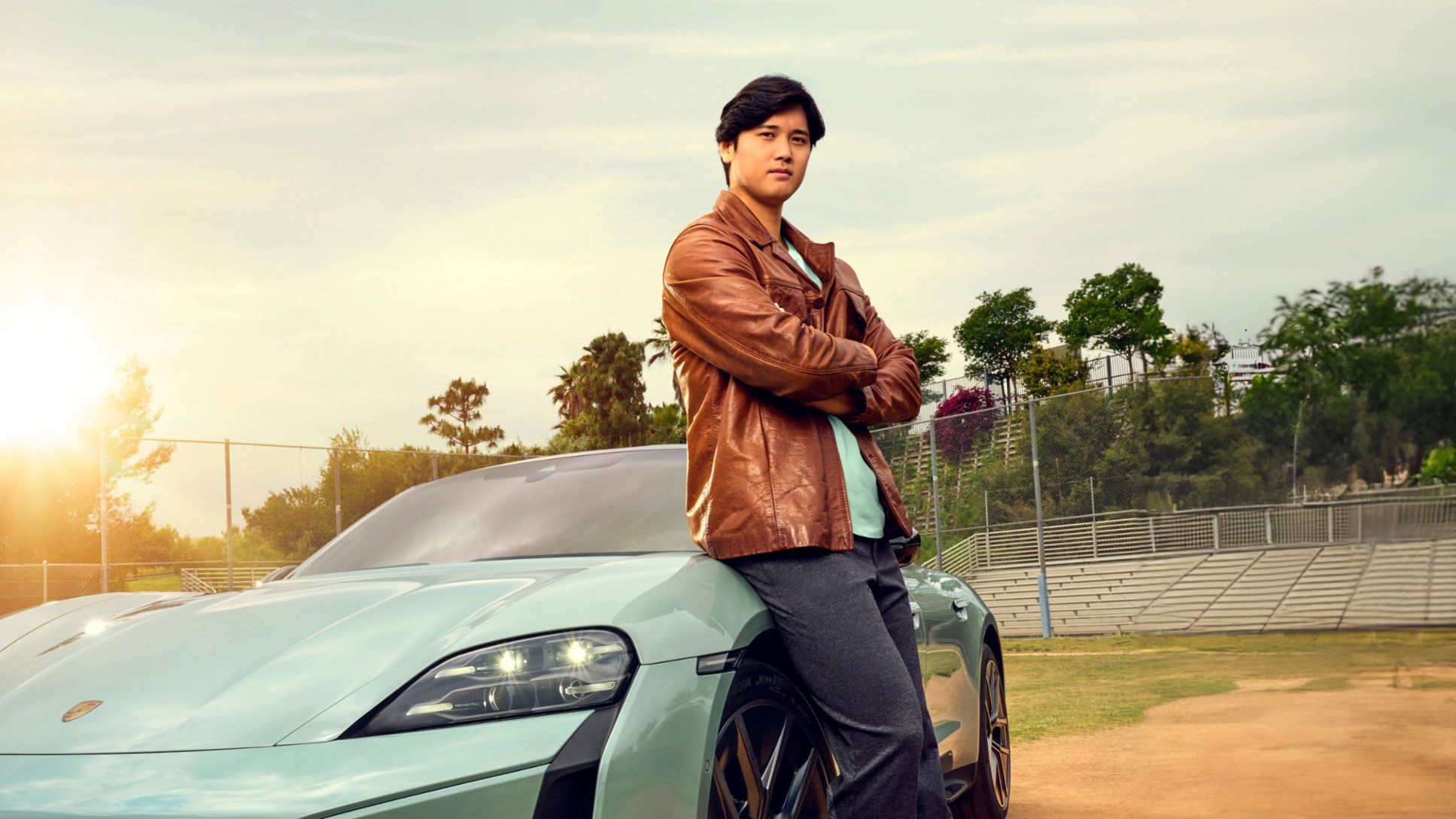.jpg)
